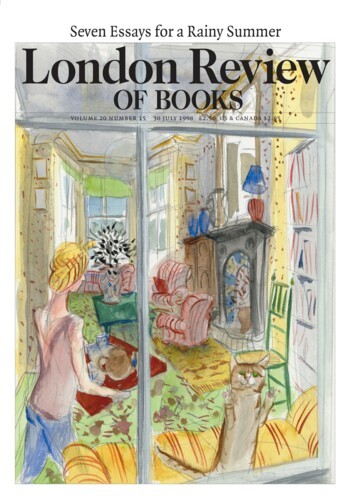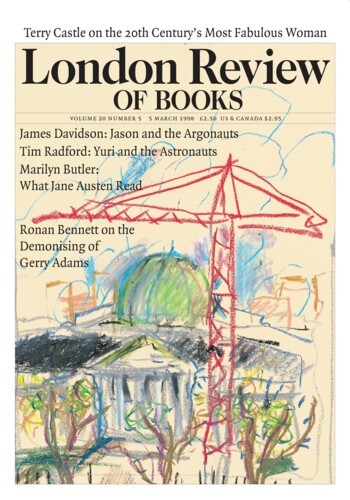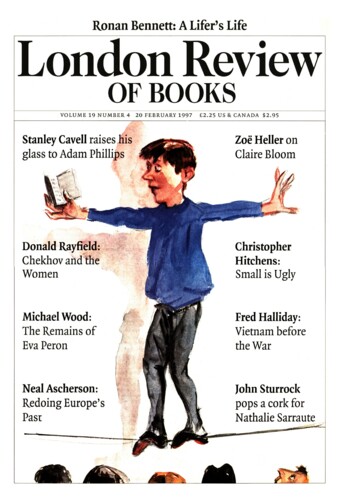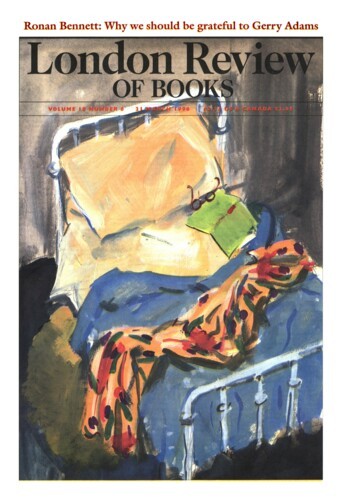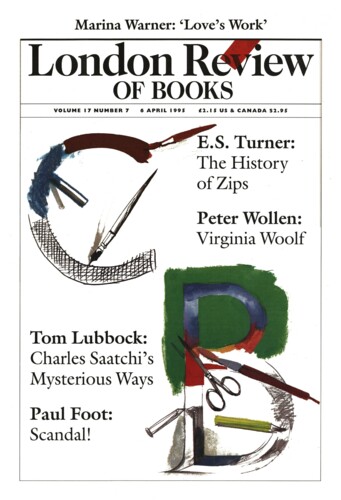Marching Orders: the new future of Northern Ireland
Ronan Bennett, 30 July 1998
The monolith’s full name was the Ulster Unionist Party, but its position as the dominant voice of Northern Irish loyalism was such that, for most of its history, those running in its interest needed only to declare themselves ‘the Unionist candidate’. The Party’s roots were in an all-Ireland Unionist coalition which came into being in the mid-1880s in response to the rise of Parnell’s Home Rule Party. Its early allies at Westminster were the Conservative Party and Liberal opponents of Gladstone; its allies at home were the sectarian Orange Order, and the Protestant landowning, professional and business fraternities. In the years before the outbreak of the First World War, the volatile and charismatic Edward Carson, a Dublin-born lawyer and the Unionist MP for Trinity College Dublin, who made his name in the courts and the Commons as an eloquent defender of the interests of Irish landlords, joined with the energetic Ulster Unionist James Craig to mobilise Northern Protestants of all classes. Carson, who had served as solicitor-general in Lord Salisbury’s administration, colluded in the illegal shipment of 25,000 rifles and three million rounds of ammunition from Germany in April 1914, the better to resist Home Rule by arming the newly created Ulster Volunteer Force. The Larne gun-running incident, as it became known, demonstrated that Unionist leaders were no different from their Nationalist counterparts: both were ready to use constitutional means so long as they worked, and force if they did not.‘
